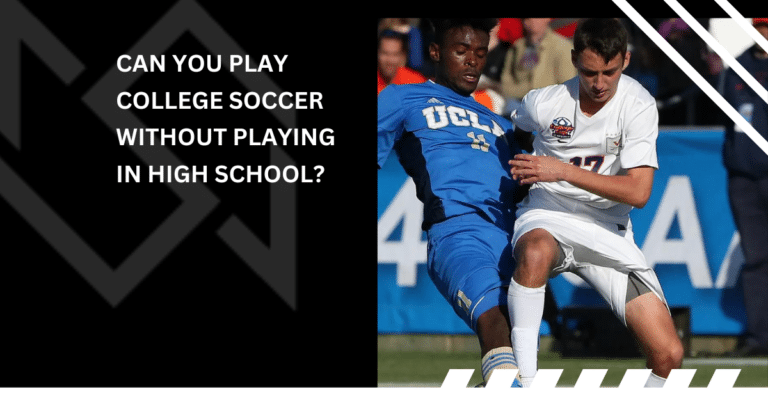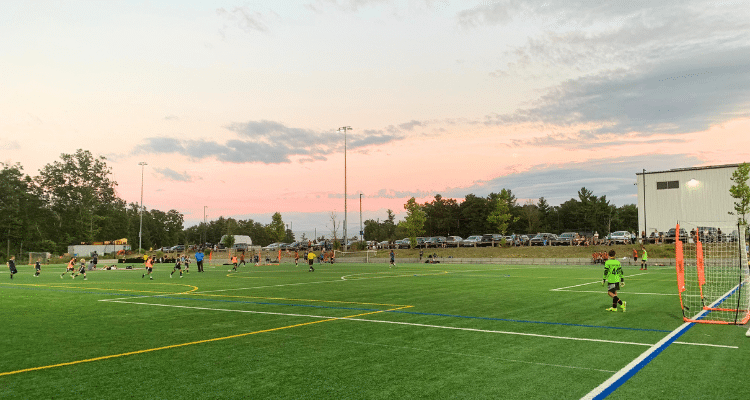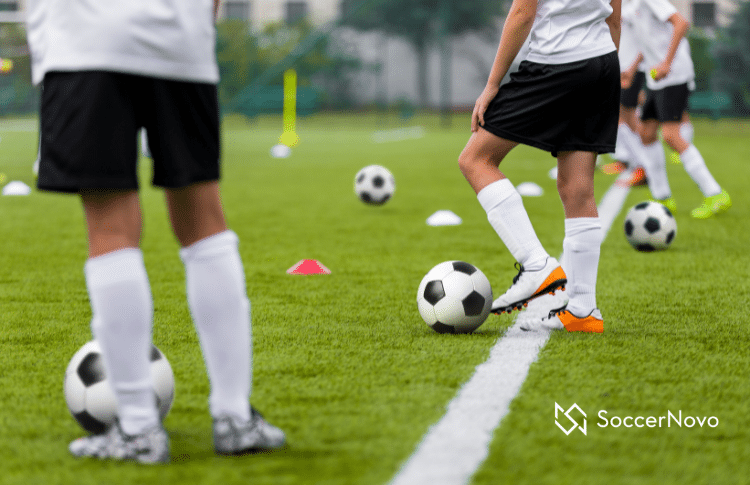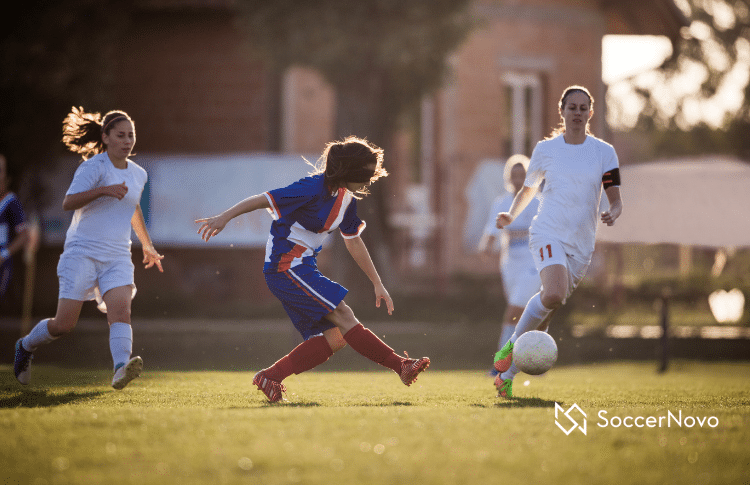What to Wear to Soccer Practice
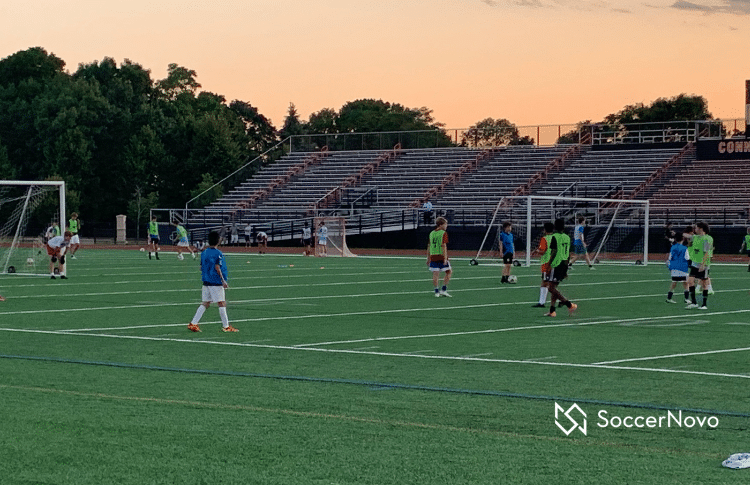
Are you wondering what to wear to soccer practice? For experienced players and parents, the answer is pretty straightforward.
For those just starting out, this article will be helpful for you. You’ll learn what you should wear to practice and suggestions on different weather conditions.
Let’s get right into it!
Choosing the Right Practice Outfit (All Ages)
When it comes to soccer practice, wearing the right outfit can make all the difference. Here are some tips to help you choose the right practice outfit.
Soccer Jerseys
A soccer jersey is an essential part of any practice outfit. Wearing the proper jersey will help keep you cool and dry during your training sessions.
For most club soccer teams, you’ll be provided a training kit. You should wear this to every practice.
For rec and travel teams, you will most likely want to wear something lightweight and breathable if a training kit is not provided.
You should also consider the fit of the jersey. A loose-fitting jersey can get in the way and hinder your movements, while a tight-fitting jersey can be uncomfortable and restrict your range of motion. Look for a jersey that fits snugly but is not too tight.
Soccer Shorts
Like soccer jerseys, soccer shorts should be made of lightweight, breathable material that wicks away sweat.
Look for shorts that are somewhat loose-fitting and allow for a full range of motion.
Avoid shorts that are too tight or too long, as they can restrict your movement and cause discomfort.
I think a good comfortable size is a pair of shorts that end right above the knee or a little higher.
Soccer Socks
Soccer socks are essential for preventing blisters, keeping your feet comfortable, and holding in your shin guards.
Look for socks that are made of moisture-wicking material and have extra padding in the heel and toe areas.
Grip Socks – Older Players
For older players, grip socks can be a great addition to a practice outfit. These socks have rubberized soles that provide extra traction on the field, which can help prevent slips and falls. They are especially useful on wet or slippery surfaces.
Many older youth players are starting to train without traditional soccer socks. They opt for just the grip socks. As a result, these players don’t train with shin guards. Dangerous? I’ve provided my thoughts on this subject.
Footwear for Soccer Practice
Having the right footwear is crucial in soccer. Not only does it affect performance but safety as well. Here are a couple of different types of footwear you should consider.
Soccer Cleats – almost everyone needs them
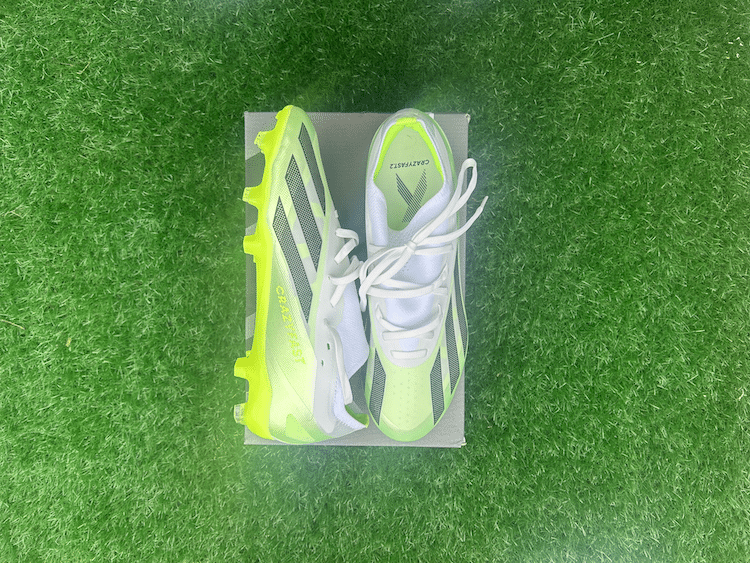
Soccer cleats are the most common type of footwear for soccer practice. They are designed to provide traction and stability on the grass field, which can be slippery and uneven.
Soccer cleats come in different styles, such as firm ground, soft ground, and turf. If you are playing outdoors, you’ll want to wear a pair of firm ground cleats.
Firm ground cleats have molded studs and are suitable for playing on grass or turf fields.
Here’s our pick for the best soccer cleats.
Soccer Turf Shoes
Soccer turf shoes are another option for soccer practice. They are designed to provide traction and stability on artificial turf fields. Turf shoes have small, rubber studs that provide grip without damaging the turf. They are also suitable for playing on hard ground surfaces.
Turf shoes are versatile for kids six and younger as they can play in them outside and inside. So, if you have a child signed up for the fall season but they want to join an indoor team in the winter, consider turf shoes.
For any player older, you’ll want to use turf shoes only for indoor use.
Can I Wear Sneakers Instead of Cleats?
While
Protective Gear for Soccer
When playing any sport, safety should be priority #1. In this section, we will discuss the protective gear you should wear.
Shin Guards
Shin guards are a must-have for any soccer player, as they protect your shins from getting kicked or hit by the ball.
When choosing shin guards, make sure they fit snugly on your legs and cover your entire shin. There are two types of shin guards: slip-in and ankle shin guards. Slip-in shin guards are the most common and are worn under your socks, while ankle shin guards are worn over your socks and provide extra ankle protection.
Mouth Guard (Optional on Most Teams)
While not required by most youth soccer leagues and teams, a mouth guard can protect you from getting hit in the face or mouth.
If you decide to wear a mouth guard, make sure it fits comfortably in your mouth and does not restrict your breathing or speech.
There are two types of mouth guards: boil-and-bite and custom-fit. Boil-and-bite mouth guards can be molded to fit your teeth, while custom-fit mouth guards are made by a dentist to fit your mouth perfectly.
Wearing a GPS Tracker to Practice
Many soccer clubs are adopting data-driven development. In doing so, players wear GPS trackers in practice and games. Here are some things to keep in mind if you decide to wear a GPS tracker to practice:
What is a GPS Tracker?
A GPS tracker is a small device that uses GPS technology to track your movements on the field. It is typically worn in a vest that looks like a bra, which holds the device in place between your shoulder blades. The device also contains an accelerometer and a magnetometer, which help to measure your speed, distance covered, and changes in direction.
My son’s team wears the StatSports GPS tracker and it works really well. Here are some of the features…
Why Wear a GPS Tracker to Practice?
Wearing a GPS tracker to practice can help you identify areas where you need to improve your performance. For example, if you notice that you’re not covering as much ground as you should be during a game, you can use the data from your GPS tracker to adjust your training accordingly. It can also show you top speed and whether you are using your right foot or left foot more.
Additionally, some GPS trackers can help you monitor your heart rate and body temperature, which can be useful for avoiding injuries and improving your overall fitness. Pretty awesome stuff!
Practice Weather Considerations
When it comes to soccer practice, it’s important to dress appropriately for the weather. This is pretty obvious stuff but as a reminder, here are some things to consider.
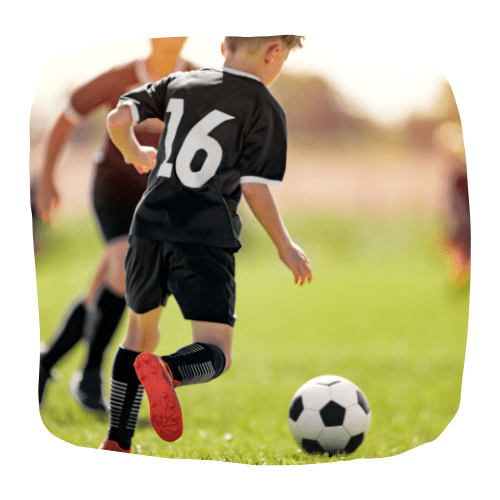
Hot Weather Clothing
In hot weather, choose lightweight, breathable materials that wick moisture away from your skin. Some good options include:
- Moisture-wicking t-shirts or tank tops (which most practice kits are made out of)
- Shorts made from lightweight, breathable fabric
- Soccer socks that are designed to keep your feet cool and dry
Avoid wearing dark colors, as they absorb heat and can make you feel even hotter. If you can, opt for lighter colors that reflect the sun’s rays.
Cold Weather Clothing
When practicing soccer in cold weather, it’s important to dress in layers so that you can adjust your clothing as your body temperature changes. Here are some good options:
- A moisture-wicking base layer to keep sweat away from your skin
- A warm mid-layer, such as a fleece
- A waterproof and windproof outer layer, such as a jacket or shell
- Warm gloves
- A hat or beanie to keep your head warm
- A neck warmer to retain heat
When playing in cold weather, it’s important to understand that your body will warm up. If you wear too many layers, it could restrict your movement and keep too much heat in.
With that said, it’s always better to have too many layers and be able to take them off over not having enough and shivering all practice.
Rainy Weather Clothing
When playing soccer in the rain, it’s important to wear clothing that will keep you dry and comfortable. I know, I know, I’m a genius. Here are some good options:
- A waterproof and breathable rain jacket or shell
- Waterproof pants or shorts
- Moisture-wicking socks (and an extra pair) to keep your feet dry
- Plastic bag to keep your soccer gear in
Avoid wearing cotton clothing, as it takes a long time to dry and can make you feel cold and clammy. Instead, opt for synthetic materials that dry quickly.
What Else Should a Player Bring to Soccer Practice?
Aside from the appropriate clothing, there are a few other items that every soccer player should bring to practice. Here are some things to consider packing in your soccer bag:
1. Soccer Ball
It’s always a good idea to bring your own soccer ball to practice. This way, you can practice your skills on your own time and have a ball that you’re comfortable with during team drills. Make sure to label your ball with your name or initials to avoid any confusion.
2. Water Bottle
Staying hydrated is crucial during practice, especially on hot days. Bring a water bottle filled with water or a sports drink to keep you going throughout the session. Make sure to take sips regularly and refill your bottle as needed.
An insulated water bottle like the one below is best for soccer practices and games.
5. Snacks
Depending on what age the player is, they are verbally saying or thinking, “Mom, I’m hungry”.
If you have a long practice or a game after, consider bringing a small snack to keep your energy levels up. And, I don’t mean Cheez-Its, cookies, Pirate’s Booty, and munchkins.
Instead, granola bars, fruit, and trail mix are all great options.

Written By: SoccerNovo
SoccerNovo is an independent youth soccer media brand built to help parents, players, and coaches better understand the game and the pathways available in U.S. soccer. Our mission is to make youth soccer simpler, clearer, and more accessible for everyone involved in it.
Let’s connect



